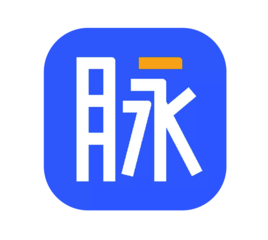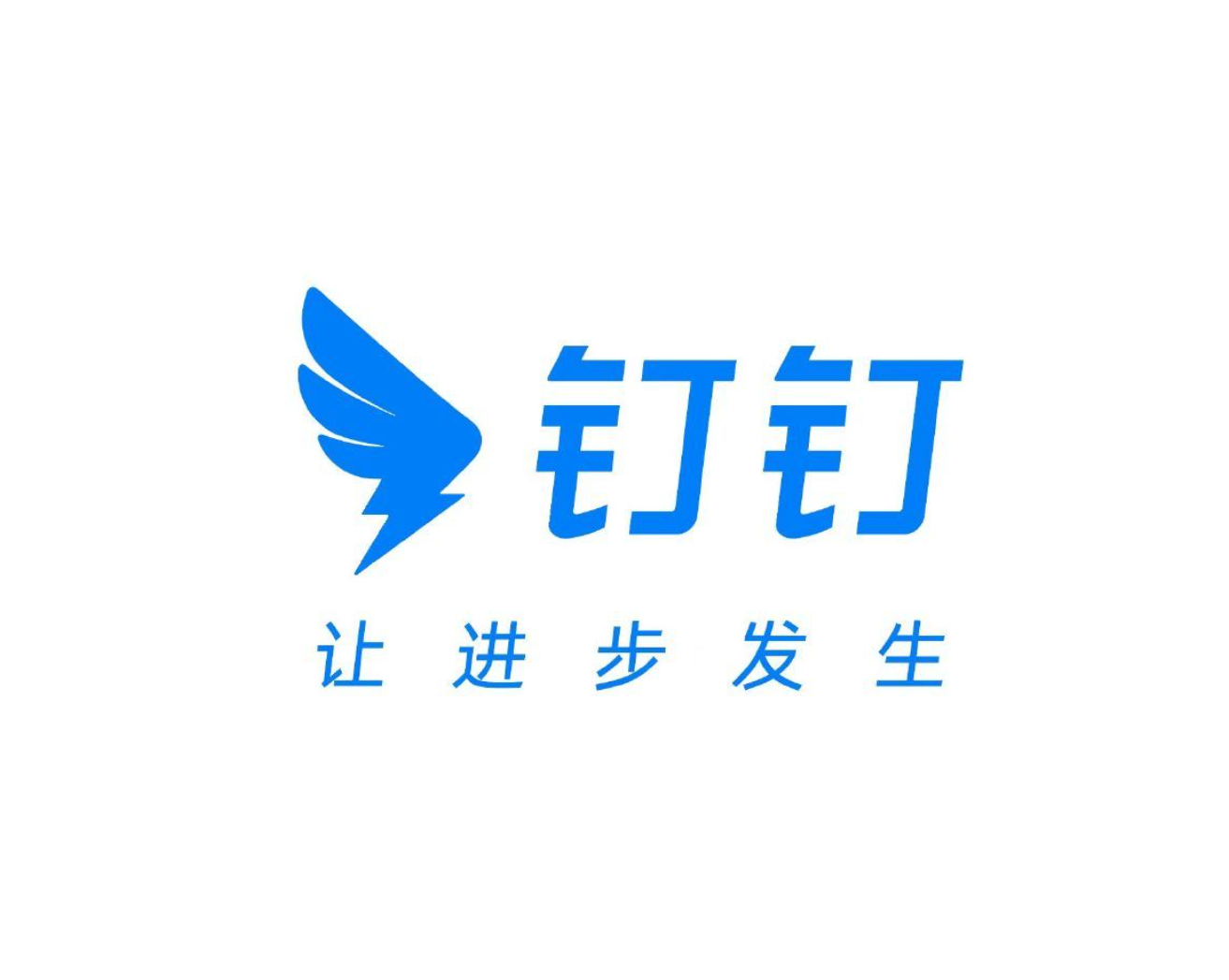 Industry Coverage
Industry Coverage Client's experience with us
Client's experience with us
Daily activity – > 1.2 billion log-ins per day.
MAU / registered – ≈ 1.38 billion MAU.
User profile – balanced gender ratio; core band 25-35 yrs; 40 % in tier-2 cities.
Platform overview –
WeChat is effectively China’s mobile OS. Beyond messaging, it hosts 25 million Mini-Programs, 935 million Pay users and a video-channel ecosystem that surpassed YouTube China in watch-time for the 18-44 bracket. Crucially, Tencent introduced a Professional Verification API in 2024 that interfaces with head-hunting sites and industry guilds. Firms can now verify a respondent’s CPA licence or hospital staff ID inside a Mini-Program before disbursing incentives—plugging a long-standing quality-control gap in Asian fieldwork. Private groups (limit: 2,000) serve as high-trust micro-communities; posts can be pinned, files up to 1 GB shared, and threaded polls conducted without leaving chat. For many Chinese professionals, schedule management, file approval and expense reimbursement already happen inside WeChat Work, making the platform an “always-on” recruitment gateway.
Source & timestamp – MAU: DemandSage, Jun 2025; daily log-ins: BloggingWizard, Jan 2025.
Recruiting upside – A Mini-Program screener can be launched under an Official Account and paid-promoted via Moments ads that target by industry, seniority and annual salary (data licensed from Tencent’s FinTech arm). Qualified respondents authenticate via WeChat Pay facial ID, ensuring uniqueness.
Respondent-search upside – Industry associations, hospital departments and top-tier law firms maintain internal WeChat groups; leveraging existing intro posts or sponsoring a “knowledge sharing” video-channel session secures direct access to senior partners or chief physicians in hours, not days.

Mobile MAU – 534 million (Q1 2025).
Registered accounts – historical cumulative > 1 billion.
User profile – 60 % under 30; file-sharing and desktop-chat heavy; slight male skew.
Platform overview –
Launched in 1999, QQ retains a uniquely “PC-first” DNA: unlimited-size group chats (now 50k cap), native screen-sharing, and a 3 GB Cloud Drive per user—functions still missing from most mobile-only apps. Its Super-Group 2.0 (rolled out 2024) offers Slack-like sub-channels for code, voice and video, making it the de-facto collaboration hub for China’s open-source scene, indie-game studios and academic labs. All users can now append Q-Tags (profession, skills, years’ experience) to their handle; tags are searchable at platform level.
Source & timestamp – MAU: CIW earnings digest, 18 May 2025.
Recruiting upside – In-group “Task Card” plug-ins let moderators drop GDPR-compliant surveys that auto-log QQ-number, OS, and group join-date—perfect for longitudinal panels of software developers or undergraduate STEM cohorts.
Respondent-search upside – Advanced search supports Boolean across nickname + Q-Tag; typing “CFA AND Python AND Shenzhen” lists candidates who self-assert finance credentials plus coding skills, ideal for pinpointing cross-disciplinary experts.

1. Daily active users – Not publicly reported.
2. Registered users – 120 million professionals and 1.4 million registered enterprises as of February 2025.
3. User profile – Among the 120 million, 15 million are directors or above, and 3.2 million sit at C-level; more than half earn over RMB 30 000 per month, with dense clusters in AI, fintech and advanced manufacturing.
4. Platform overview
Often dubbed “China’s LinkedIn,” Maimai enforces strict real-name and employment verification via payroll stubs or corporate email domains. Its social graph is built around five “shared dimensions”: same company, alma mater, industry, hometown and mutual contacts, giving each connection a tangible offline anchor. In 2024 the company introduced AI-powered Headhunter Agents that scrape member posts, salary expectations and skill tags to auto-match candidates with openings; within three weeks of launch, recruiters reported landing in the top-10 % outreach efficiency cohort. The network’s high-signal feed—free from entertainment clutter—means posts about IFRS-17 rollout or 12-inch wafer yields can trend, attracting deep expert commentary. Crucially for research teams, Maimai offers a Premium Survey Module where only users above a chosen income band or title level even see the invitation; response rates north of 40 % are common because incentives (cash or career coaching hours) hit members’ built-in wallet instantly. Meanwhile, an enterprise dashboard shows anonymised organograms of target firms, allowing moderators to balance samples across BU and tenure in real time. All data flows comply with China’s Personal Information Protection Law (PIPL), giving overseas clients a compliant pathway to tap China’s white-collar elite.
5. Source & timestamp – Sohu Tech, 27 Feb 2025 press note; internal keynote recap, Oct 2024.
6. Recruiting upside – Title-verified members can be bulk-messaged via the “Target List” tool, and conversion is tracked down to calendar acceptance—perfect for low-incidence B2B segments such as plant managers or quant traders.
7. Respondent-search upside – Advanced filters parse résumé keywords, patent holdings and salary buckets; one click exports a GDPR-ready CSV of contacts meeting multi-layer criteria, vastly accelerating panel build-out.

1. Daily active users (DAU) – > 100 million.
2. Registered users – ≈ 700 million individual accounts spanning 23 million enterprises.
3. User profile – While originally built for SMEs, DingTalk now penetrates 85 % of the Fortune China 500; core users are HR, IT and ops administrators managing distributed workforces. Paying DAU reached 28 million in March 2024.
4. Platform overview
Alibaba’s enterprise-collaboration suite sits at the intersection of Slack, DocuSign and Salesforce—but scaled to Chinese enterprise norms. A single DingTalk ID unlocks messaging, video, e-signature, workflow automation and the AI-Agent Marketplace launched in 2024. These agents run GPT-4-level models fine-tuned on corporate docs, automating anything from BOM checks to clinical-trial SOP audits and, importantly, capturing rich metadata on role, department and project context. Because DingTalk is integrated with China’s e-invoice and tax filing rails, every user is already KYB-verified—an enormous boon for B2B research quality control. In 2025 Alibaba opened a “Research Cloud” within DingTalk, letting approved vendors push micro-surveys or diary tasks directly into an employee’s workflow; completion data feed back with department codes, simplifying quota management for multi-site studies. Session logs show that white-collar staff spend an average of 142 minutes per weekday in-app, guaranteeing rapid turnaround for time-sensitive pulses (e.g., supply-chain stress tests). Finally, DingTalk’s plug-in store supplies “Research NDA” bots that lock survey channels and watermark screenshots—critical for projects under ISO 20252 compliance.
5. Source & timestamp – Sohu Finance interview, 14 Nov 2024 (user and DAU figures); AInvest report, March 2024 (paying DAU).
6. Recruiting upside – Internal broadcast rooms can push opt-in links company-wide at zero media cost; because identities are tied to corporate stamp, senior engineers or product owners are reachable without third-party warm-up.
7. Respondent-search upside – The admin console exposes anonymised org charts; researchers can slice by BU (e.g., “Quality Assurance”) and tenure, obtaining manager approvals in-platform and scheduling interviews that auto-sync to Outlook/Exchange, eliminating back-and-forth.
To provide customers with high quality market research data collection services
Contact us